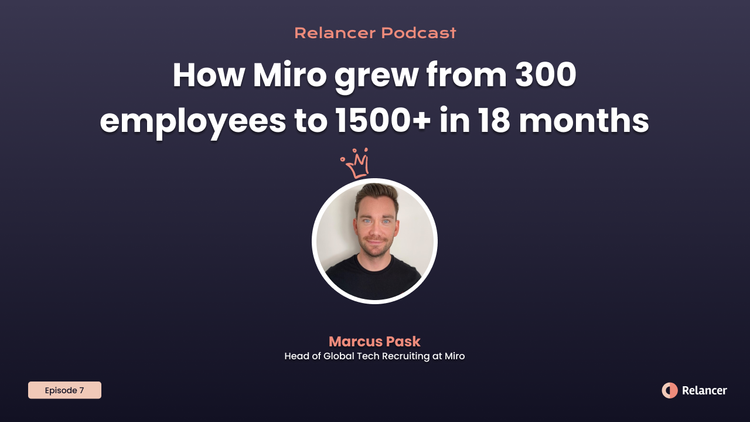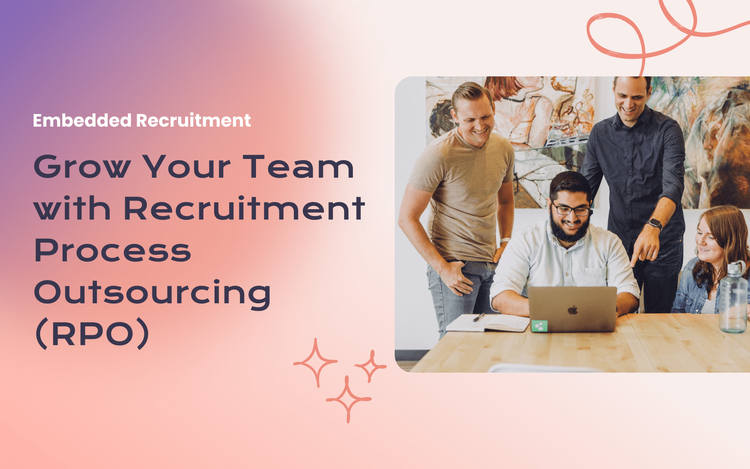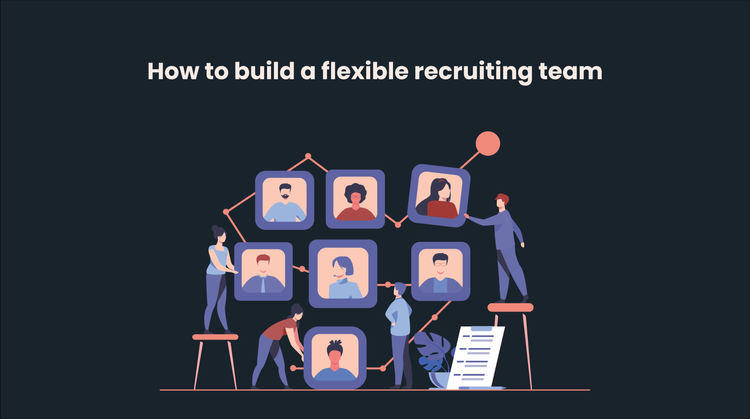5 Steps to Take Before You Start Hiring a New Employee

These steps are crucial to having a successful hiring process and eventually getting that top candidate to join your team. But they’re often overlooked. Especially if you’re a small team hiring on your own, with no in-house recruitment or HR team.
Going through the steps below will help you avoid huge mistakes such as making a bad hire or having a process that lasts forever due to lack of planning.
1. Define your ideal candidate
If you’ve ever browsed through job boards, you’ve seen postings with vague job descriptions and a never-ending requirements list. This is usually a clear sign that not even the employer is sure who their ideal candidate is. Good job posts should offer the exact opposite - a clear and precise candidate profile.
The first thing you should do, after deciding on the main tasks and desired results of the future employee, is to start building that candidate profile.
You can begin with pinning down everything that is important for success in the role: required experience or qualifications, skills and personality traits. Then go over your list and review which requirements are a must-have for the role and which ones are nice to have.
Make sure to limit the number of requirements. Searching for unicorn employees who can do 3 different jobs in one role is a common mistake for employers. This is what makes job requirements lists long and leaves candidates confused about their qualifications and your expectations. Besides, more often than not it’s impossible to find one person who is competent for your broad range of desired skills.
Finally, don’t forget to define your deal breakers. These are behaviors that your team finds unacceptable. Essentially, they’re red flags. For example, your deal breaker could be know-it-all attitude. If someone shows this type of behavior in interviews, you’ll know they’re not a good fit for your culture.
2. Lay out what makes you stand out as an employer
While you’re assessing and reviewing candidates, they’re also assessing you. Before you start hiring, you have to make sure you know what makes you stand out and communicate those points to the candidates.
If you’re a startup, you need to pitch your vision to candidates just like you would to investors. You might think your startup is awesome, but the truth is there’ll be many candidates who have no idea who you are. This is your chance to introduce them to your culture, your product, your team and make them want to be a part of it.
Candidates have plenty of options so your offer has to be good, too. We’re not saying that your compensation package and benefits aren’t important. They definitely are. But, remote work and stock options don’t make you unique. Your vision and team do.
3. Outline your recruitment process
Before you start recruiting, make sure your process is outlined. We’re here to tell you (based our own mistakes) that you’re doing yourself a huge favor by mapping out the steps of your process beforehand. It will make your life easier and you won’t be stunned when candidates ask what the next steps are and when they will hear from you.
Here are some questions to think about:
- Which steps are necessary to evaluate the candidates? Some options include interviews, a skill test or a task and group interviews with the team.
- How many rounds will candidates go through?
- What tools will you use for each part of the process?
We recommend using an ATS (Applicant Tracking System) for an efficient recruitment process. It will help you stay organized and save you from unnecessary manual work. You can check out our list of recommended tools for every step of the process.
4. Decide if you need help from external recruiters
It is now time to determine if you’re going to go the DIY way or you need some outside help. You may decide you have enough time, knowledge and resources to keep recruiting in-house. But if you’re overwhelmed by planning out your process, you always have the option to get some help. External recruiters can help you with the entire process or just the parts you're struggling with (e.g. sourcing).
Here are three situations when you should consider hiring a recruiter:
- You’re hiring for highly specialized roles or you’re hiring a role for the first time
- You’re hiring abroad/globally
- You’re hiring for various roles at the same time
If you need recruiters that match your budget and location, we can help.
Book a free call Relancer Advisors
5. Calculate your cost
To avoid any unpleasant surprises, try to estimate all the costs and calculate your budget for the role. If you're new to this, learn how to calculate your recruitment costs in this guide (formulas and examples included).
Depending on your hiring process, some of your costs may be: posting to job boards, running social media ads, tools for applicant tracking, video interviews or testing candidates’ skills. If you have an in-house HR or recruitment employee, the salary is one of the most significant costs.
Don’t forget to count in the cost of time - whoever’s involved in the hiring process will spend a significant amount of time on recruitment tasks.
If you choose to work with an external specialised recruiter, their fee is the main cost you have to worry about. There are different pricing models which you can discuss with your recruiter.
Wrapping up
I hope these 5 steps help you kick off your hiring and put you on the road to getting some awesome people on your team! For more actionable advice on hiring talent globally and locally, watch the Superangel Insights session below.
Superangel Insights: Startup’s Guide for Finding the Best Talent from Abroad and Locally | Webinar recording






Member discussion